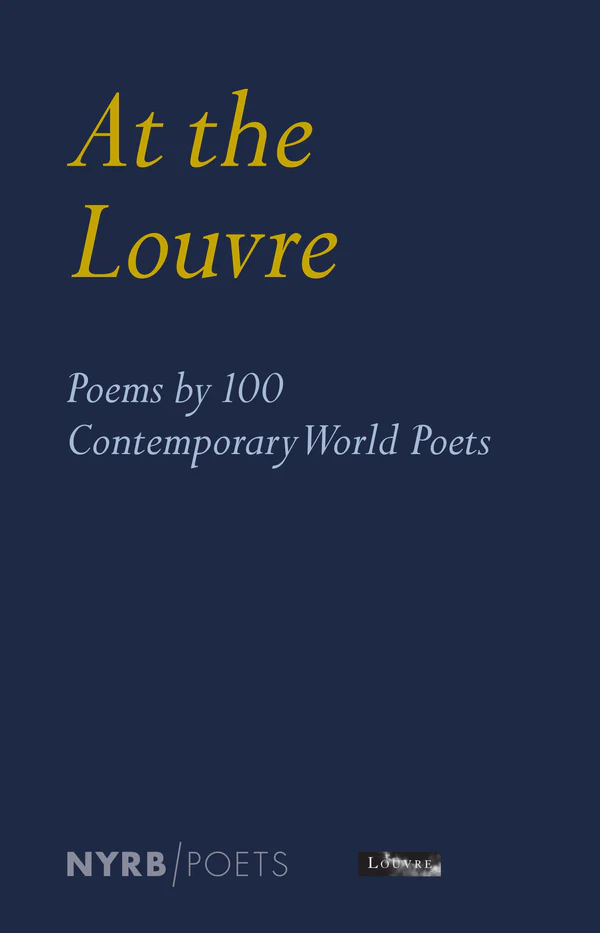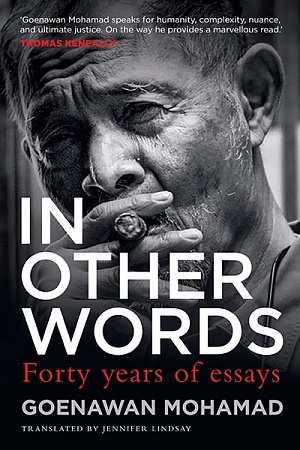A Woman Looking at Men Looking at Women: Essays on art, sex, and the mind
Sceptre $32.99 pb, 576 pp, 9781473638914
A Woman Looking at Men Looking at Women: Essays on art, sex, and the mind by Siri Hustvedt
Siri Hustvedt revels in ambiguity, the in-between places where the certainties of fact fray. In her idea-driven novels such as The Enchantment of Lily Dahl (1996), What I Loved (2003), and The Summer Without Men (2011), gender is often fluid, identity unfixed, relationships precarious. Her own neurological condition that causes seizure-like flailing, which she chronicles in The Shaking Woman (2010), defies categorisation or treatment, and seems to exist in a mysterious realm between the mental and physical. A Woman Looking at Men Looking at Women, her fifth collection of essays, builds bridges between the humanities and the sciences, while she challenges the convictions of both. Throughout Hustvedt’s compulsive and demanding work, she refuses to accept staid understandings. She writes, ‘I discover what I think because I write. The act of writing is not a translation of thought into words, but rather a process of discovery.’
In the book’s 550-plus pages, we enter a conversation with a thinker working through questions about how we experience and remember art, the nuances of neurological disorders, and where writers get their ideas. She couples these explorations with personal anecdotes and discordant sources. Divided into three parts, the essays – on such topics as the mind–body problem, Pina Bausch’s choreography, Susan Sontag’s take on pornography, and how trauma can induce physical disability – are a result of reflection on visual arts for exhibition catalogues; her own work for a scholarly collection that examines ambiguity in her oeuvre; suicide prevention for a conference in Oslo; a keynote on Kierkegaard for the philosopher’s two-hundredth birthday; and her time as a writing teacher in a psychiatric hospital. She refuses to stay within the fiction writer’s traditional safe places. ‘The truth,’ she writes, ‘is I am filled to the brim with the not always harmonious voices of other writers.’
Continue reading for only $10 per month. Subscribe and gain full access to Australian Book Review. Already a subscriber? Sign in. If you need assistance, feel free to contact us.















Leave a comment
If you are an ABR subscriber, you will need to sign in to post a comment.
If you have forgotten your sign in details, or if you receive an error message when trying to submit your comment, please email your comment (and the name of the article to which it relates) to ABR Comments. We will review your comment and, subject to approval, we will post it under your name.
Please note that all comments must be approved by ABR and comply with our Terms & Conditions.